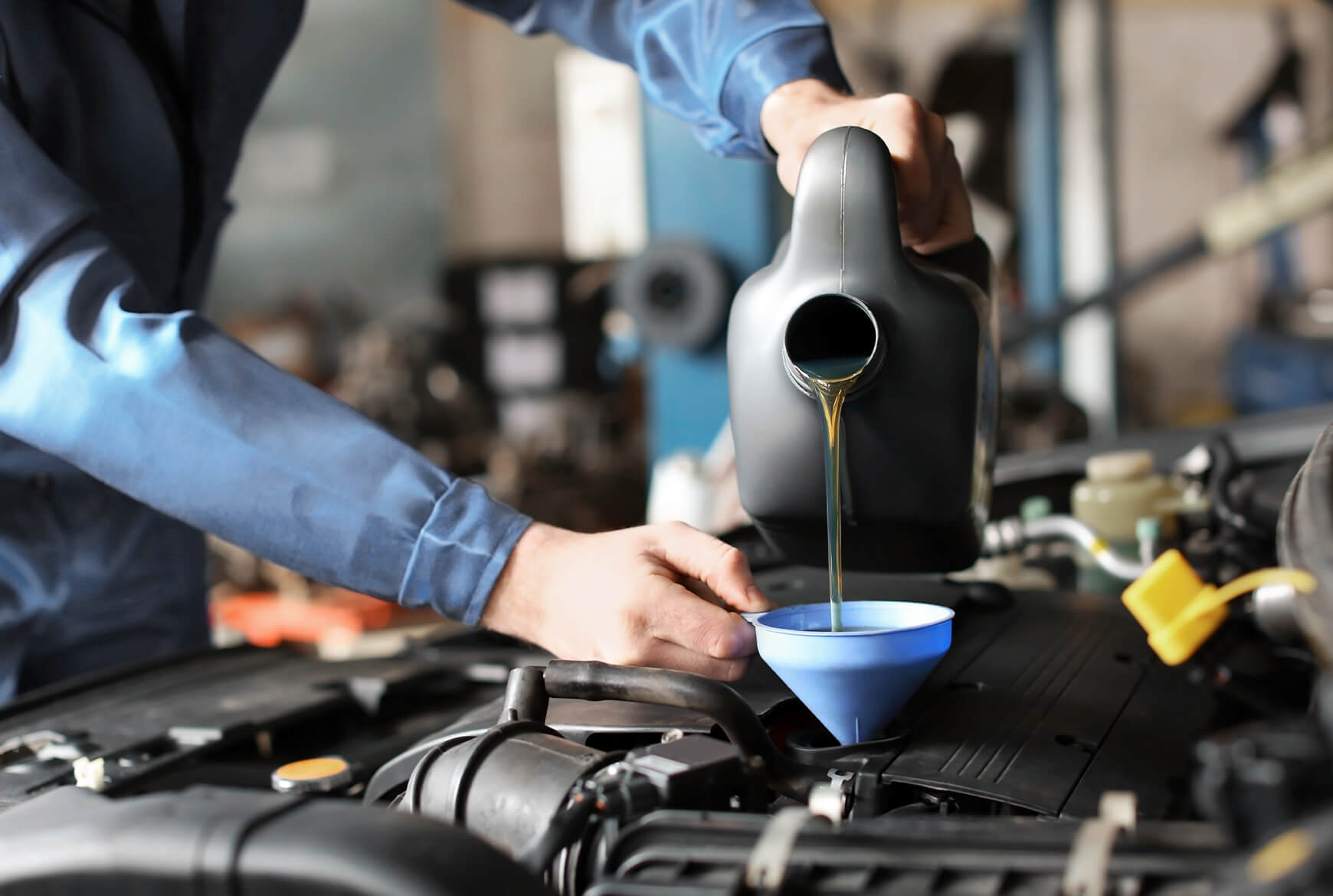This article is for information purposes only and is not intended to replace professional advice.
When should you change your car’s oil?

If your car could talk, like in the cartoons, would it say that you’re driving it less than before? Maybe so, especially if you’ve been working from home more in the past few years or using public transit.
Regardless of why, the less a vehicle is used, the more we put off routine maintenance like oil changes. Is that so bad? Let’s talk about it, and in the process, debunk a couple of myths.
Why are oil changes needed?
Just like our bodies need water to function, your car also needs fluids, especially motor oil. Oil is needed to:
- Lubricate engine components to prevent friction
- Keep metal parts from corroding
- Cool areas where coolant doesn’t reach
- Capture dirt and carry it to the filters
As a result, the condition of the engine depends in part on the quality of the oil. Over time, it becomes contaminated and loses its effectiveness. Its texture changes too: it can become sticky, foamy, grainy, etc.
In short, to protect your engine and extend its useful life, you need to change the oil periodically.
How often should it be done?
How often you need to change your oil depends on:
- The vehicle model
- The type of engine
- The vehicle year
- The climate where you live
- How much you drive (a taxi driver, for instance, doesn’t have the same driving profile as an accountant who works from home)
After an oil change, your mechanic puts a reminder sticker on your vehicle to let you know when it’s time for your next visit. Instead of relying on the sticker, open your glove compartment and check your owner’s manual for the maintenance schedule.
Your vehicle’s manufacturer recommends a certain number of kilometres between oil changes, which isn’t necessarily the same number your mechanic uses. In case of a discrepancy, remember that the manufacturer knows your engine best!
Depending on the car, the distance generally varies between 5,000 and 15,000 km. Some manufacturers talk about intervals of up to 12 months. You might also have a monitoring system in your car that tells you how many kilometres are left before your next oil change.
Of course, your vehicle won’t self-destruct if you go a few kilometres over the limit or you wait longer between oil changes…but it could end up wearing out before its time.

What kind of oil should you use?
Mineral, synthetic, semi-synthetic...not only are there different “families” of oil, but also a host of variations among them, like their viscosity index.
Synthetic oil is known for its performance in certain situations, such as in very hot or cold weather. But not all vehicles are the same or operate in the same environment. Comparing a hybrid vehicle and an SUV is a bit like comparing apples and oranges.
That’s why when it comes to your car, your owner’s manual should have the last word. It specifies the ideal type of oil for your engine, with the right amount of viscosity. Following these recommendations will help if you ever need to make a claim under your vehicle’s warranty.
Checking your oil: the key to a smooth ride
Is your next oil change not due for a while? In between appointments, check your oil level once a month (and also before a long trip). That way you’ll know if your car has enough oil or if it’s using too much.
For example, one litre every 1,000 km is a lot. A “thirsty” engine could be a sign of a hidden mechanical problem.
The internet is full of videos demonstrating how to check your oil. However, you may want to save your viewing time for something more interesting, because it’s a pretty simple procedure:
- Get a rag.
- Open the hood and prop it open with the support rod.
- Take out the dipstick and wipe it clean.
- Dip it into the tube. After a few seconds, take it out again.
- Look at the oil level on the dipstick. Does it reach the top mark? If not, add more oil until it does.
- Take the opportunity to look at the colour of the oil. If it looks black and opaque, it’s probably contaminated. Good oil looks more like maple syrup than molasses!
Going beyond the myths
No more urban legends about oil changes. What’s right for your neighbour’s truck isn’t necessarily right for your car.
Psst! By the way, keep in mind that this is also true for your car insurance. That too should be adapted to your personal needs and situation.
